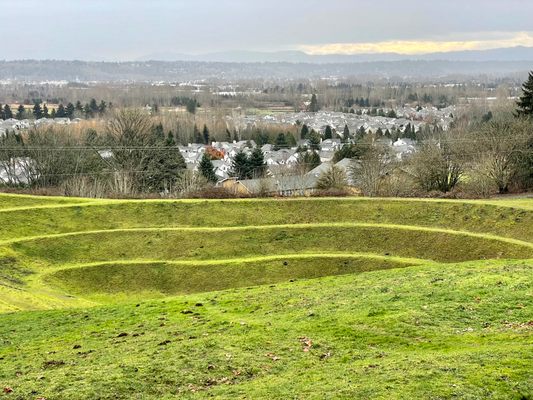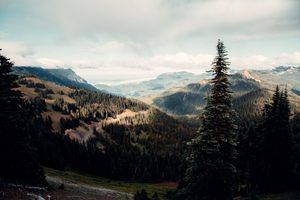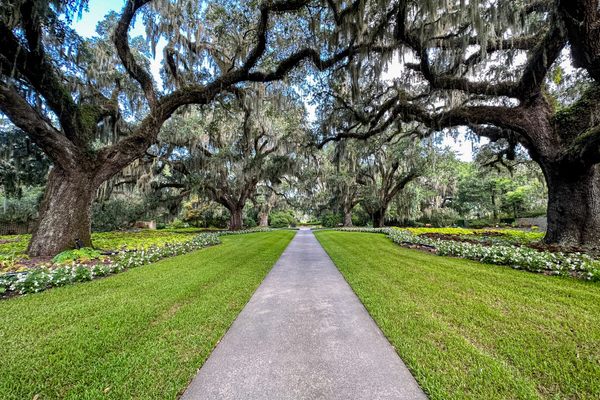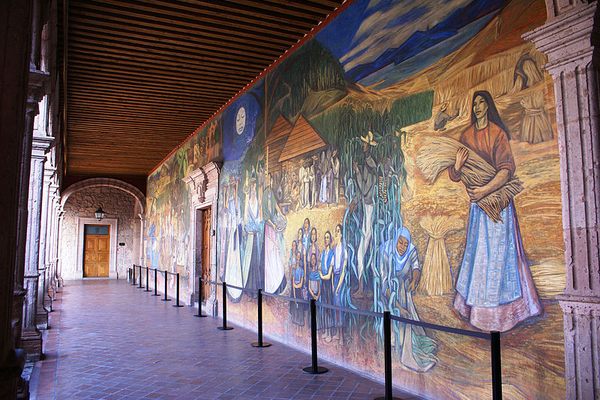About
As post-industrial America looked back at much of the landscape they had wrought, the number of unappealing tracts of blasted land and gravel pits must have seemed a bit staggering.
To counteract this, a number of artists were commissioned to transform the spaces into something a bit more aesthetically pleasing. In the case of the Seattle Department of Public Works' Johnson Pit #30 (of 100), artist Robert Morris achieved this with grass. Lots of grass. Morris molded the sides of the pit into large, gently sloping steps and covered the entire surface of the dusty pebble pit with wild rye grass. While the pit and its surrounds were entirely cleared to make way for the artistic landscaping, Morris left a scattered bunch of blackened tree stumps along the rim of the pit as a monument to the forest that existed on the site before it was converted into a rock pit. Morris noted Peruvian and Persian landscapes as inspirations for the piece.
Today the massive earthwork is still in place, although preservation of the site is an ongoing struggle. The once sharp terraces are in danger of disappearing due to pedestrian traffic and the grass still needs mowing. The funds for upkeep on the site are provided by a local arts council, but these resources are far from limitless. Regardless, the grassy pit remains and even features a sign explaining that it is art.
Related Tags
Community Contributors
Added By
Published
October 27, 2013































